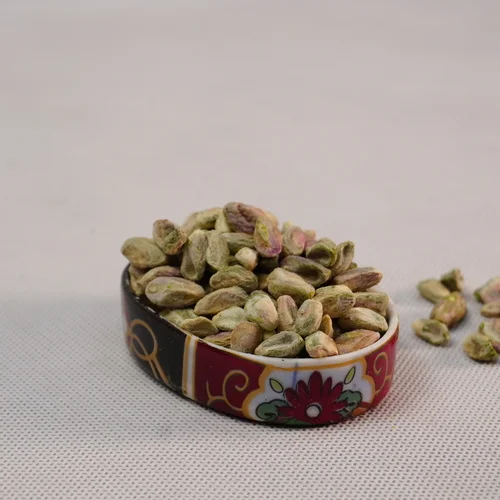Water Efficiency Challenges in Pistachio Farming

Pistachio farming has become one of the most profitable agricultural activities in arid and semi-arid regions. However, water efficiency remains one of the biggest challenges for sustainable pistachio production. With rising global temperatures and water scarcity, farmers are under pressure to adopt smarter irrigation and management techniques.
Limited water resources
Pistachio trees are drought-tolerant, but they still require adequate and consistent water to produce high-quality crops. In many pistachio-growing regions, such as Iran, California, and Turkey, water scarcity and groundwater depletion make it difficult to maintain ideal irrigation schedules. Overuse of wells and depletion of groundwater aquifers have become major threats to long-term sustainability.
Inefficient irrigation practices
Traditional surface irrigation methods, although simple and inexpensive, often result in significant water loss due to evaporation and deep infiltration. Many farmers are now turning to drip irrigation and micro-sprinkler systems to improve water use efficiency. These modern systems can reduce water use by up to 40 percent while maintaining or even increasing yields.
Poor Soil Management
Salinity and poor soil structure can limit water infiltration and root uptake. Over-irrigation in poorly drained soils leads to salt buildup, which reduces tree health and productivity. To combat this, farmers are encouraged to improve soil structure through the addition of organic matter and periodic leaching of salts.
Impacts of climate change
Climate change brings new uncertainties, including erratic rainfall and longer drought periods. As a result, water planning and crop modeling become essential tools for pistachio growers. Implementing climate-smart agriculture can help optimize irrigation timing and reduce vulnerability to adverse weather.
Need for technology and training
Adopting modern water management technologies requires investment and technical know-how. Many smallholder farmers do not have access to training or funding. Government policies and agricultural extension services play a key role in promoting efficient irrigation and providing financial support for water-saving infrastructure.
Conclusion
Improving water efficiency in pistachio farming is not only an environmental imperative, but also critical to the economic survival of farmers. By combining advanced irrigation systems, better soil management, and climate adaptation strategies, the pistachio industry can ensure a sustainable and productive future.
Source: Hiva Nuts



